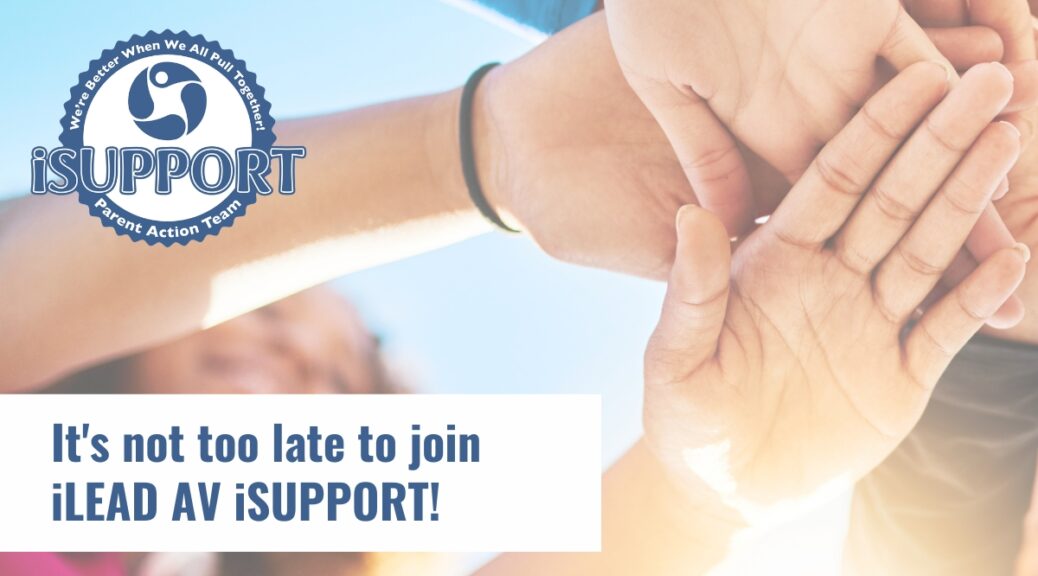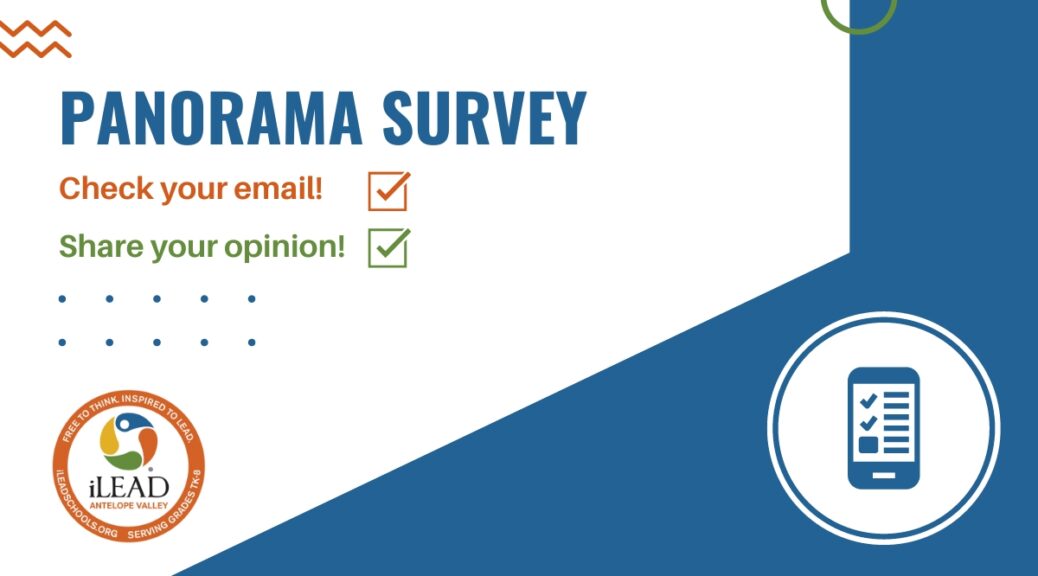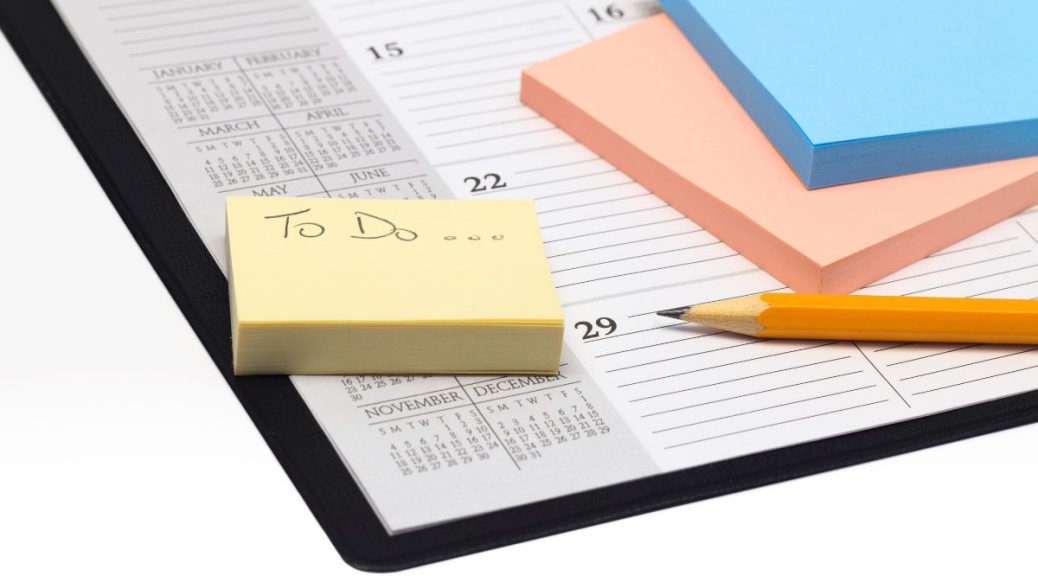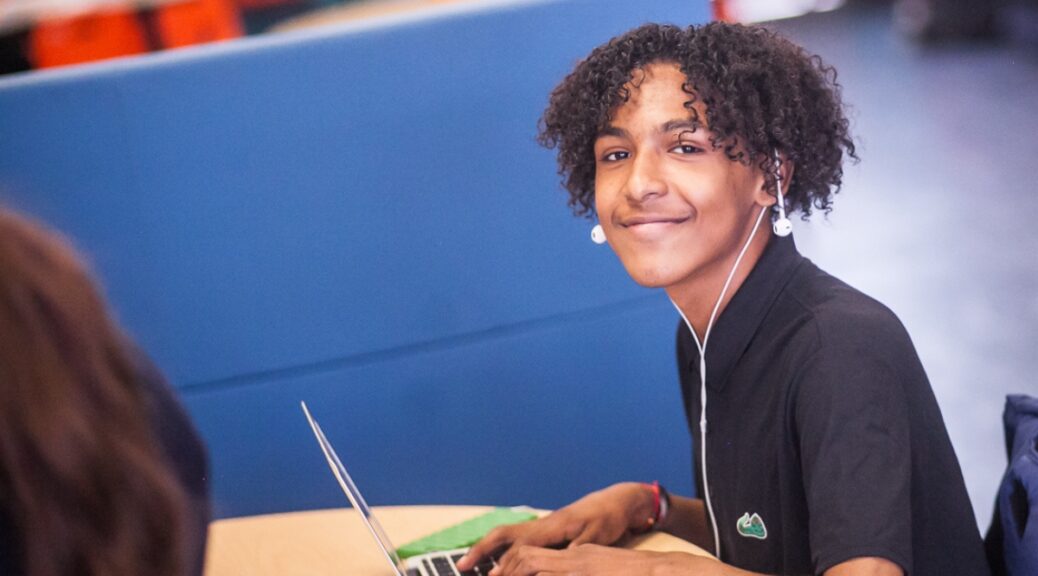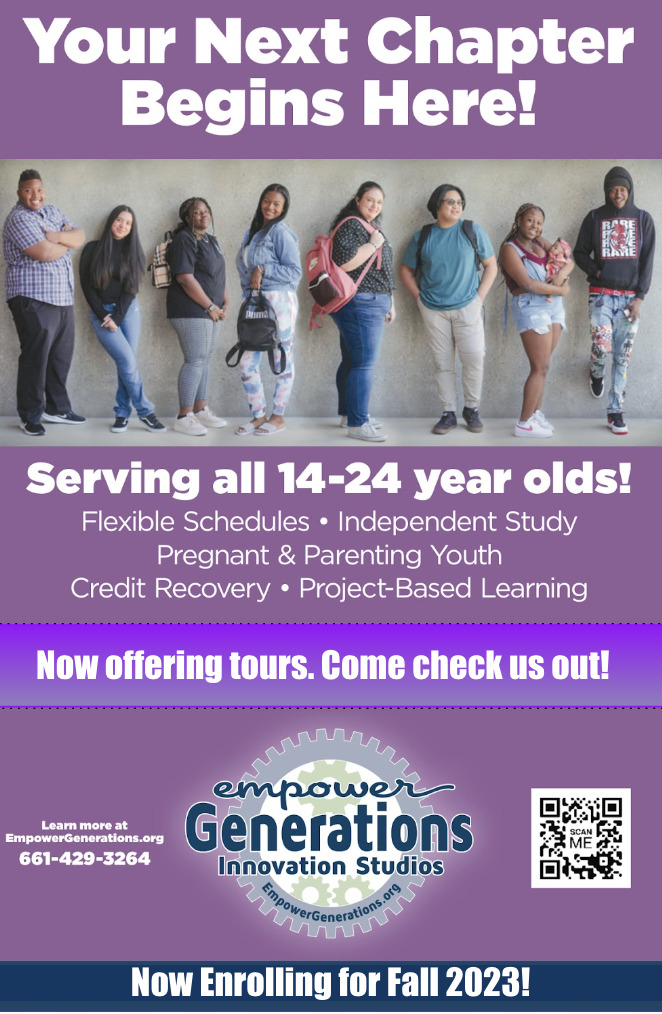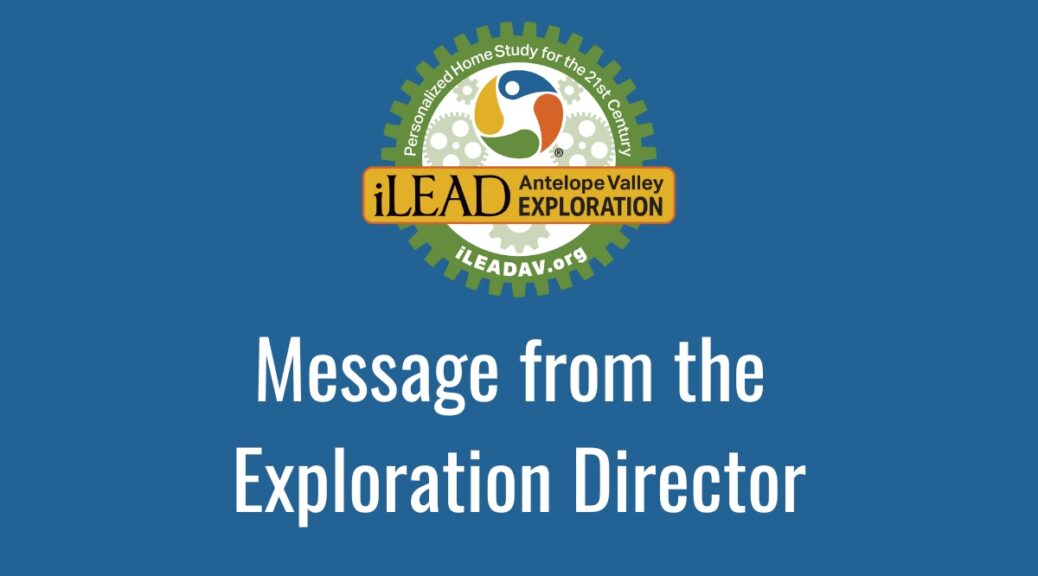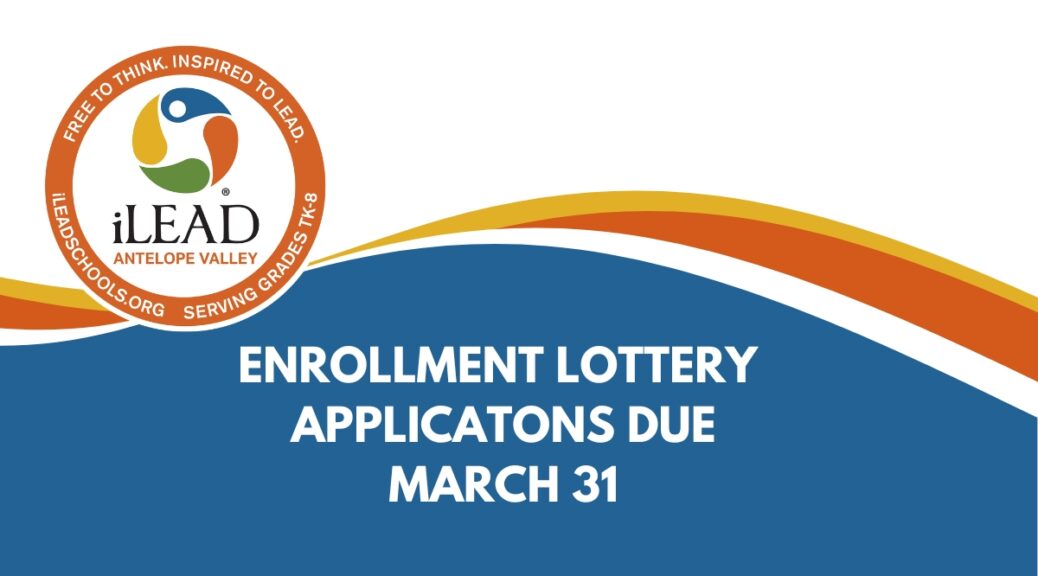It’s not too late to join our family volunteer group, iSUPPORT! Please consider joining to help us make memories for our learners. We host family nights, school activities, and events. We also help with fundraising to support our learners’ field studies. We meet on the first Thursday of every month at 5:00 PM on Zoom. Join our next meeting on April 6! If you need the Zoom link or if you have any questions, please email kelly.uhl@ileadav.org or call the front office at 661-494-7442.
Tag Archives: Antelope Valley Charter School
Check Your Email for Our Survey from Panorama Education!
Dear Families,
We value your feedback! We are asking you to take a brief survey through Panorama Education to tell us about your experience with iLEAD Antelope Valley. To ensure we continue to provide high-quality, rigorous learning experiences that meet the needs of our learners and prepare them for high school, we need your feedback. We want to know what you think!
Our survey began on March 15, 2023, and closes on April 21, 2023. You will be able to take the survey online at home or when you come to Learner-Led Conferences (March 23-24).
Please check your email now, including the spam folder, for a message from Panorama Education with a link to the survey.
We thank you in advance for your thoughtful responses.
If you have any questions about the survey administration, please don’t hesitate to contact our office.
Thank you,
The iLEAD Antelope Valley Team
Upcoming Events
Thurs., 4/6: School-wide Presentation of Learning (POL), 1:00-2:30 PM
Mon.-Mon., 4/10-17: Spring Break
Mon., 4/17: Staff Professional Learning Day
Click here for the school year calendar.
A Note from Empower Generations to Our 8th Grade Families
A message from the team at Empower Generations:
Calling All iLEAD 8th Graders and Families!
It’s time to think about high school registration for 2023-2024!
Your next chapter begins here with us at Empower Generations!
We are now enrolling for next school year and would love to be part of your learner’s high school experience.
We are a tuition-free charter high school with flexible schedules and an independent study program.
If you have any questions, or if you want to come in for a tour, please email Roselia Calderon, call us at 661-429-3264, or fill out our Intent to Enroll.
Save the date for our upcoming events! Everyone is welcome!
Thur., April 20: New Learner/Family Information Night, 5:30-6:30 PM. RSVP HERE.
Wed., May 24: New Learner/Family Information Night, 5:30-6:30 PM. RSVP HERE.
Message from the iLEAD AV Exploration Director
Dear iLEAD AV Exploration Families,
We have so many fun things planned for you and your family during the last few months of school. While the details are still being finalized, the first event will be a meet-up at the AV Poppy Preserve! This was a big hit last year. Please plan to join us on Friday, April 7, at 10 AM. Like last year, we will meet at the Visitor’s Center. Please watch your email for more information. We think it will be a fun kickoff to spring break!
Word of mouth is the best type of advertising. Do you know anyone who would benefit from our program next year? Please invite them to come check us out! Let them know we are offering tours every Tuesday at 10 AM. They may register HERE to attend. We will also have an in person TK/K Round-Up on March 29 at 3:30 PM. Click HERE to reserve a spot. A virtual TK/K Round-Up will be offered as well on April 24 at 6:30 PM. Click HERE to RSVP.
Also just a reminder: If you haven’t completed your Intent to Return form, we cannot guarantee your child will have a spot next year. Our lottery date (April 5) is fast approaching, and that is when we will let all the people from the wait list get any open spots for next year. The Intent to Return form has been sent several times via email. We will resend it Monday too. Please be sure to complete it. If you have a new learner enrolling, be sure to fill out the application online HERE.
Have a wonderful week!
With gratitude,
Terri Budke
Director of North LA County Exploration
Upcoming Events for iLEAD AV Exploration:
Check Your Email for Our Survey from Panorama Education!
Dear Families,
We value your feedback! We are asking you to take a brief survey through Panorama Education to tell us about your experience with iLEAD Antelope Valley. To ensure we continue to provide high-quality, rigorous learning experiences that meet the needs of our learners and prepare them for high school, we need your feedback. We want to know what you think!
Our survey began on March 15, 2023, and closes on April 21, 2023. You will be able to take the survey online at home or when you come to Learner-Led Conferences (March 23-24).
Please check your email now, including the spam folder, for a message from Panorama Education with a link to the survey.
We thank you in advance for your thoughtful responses.
If you have any questions about the survey administration, please don’t hesitate to contact our office.
Thank you,
The iLEAD Antelope Valley Team
Upcoming Events
Fri., 3/31: Enrollment Lottery Applications Due
Mon.-Mon., 4/10-17: Spring Break
Click here for the school year calendar.
Apply for iLEAD AV’s Enrollment Lottery by March 31
At iLEAD AV, all grade-level admissions are done by public random lottery. Through the lottery, we fill open spots and then start creating a wait list. To be included in the lottery, you must fill out one iLEAD AV Enrollment Lottery Application per child.
Our 2023-24 public enrollment lottery is scheduled for April 5, 2023, at 2:00 PM at iLEAD Antelope Valley, 2110 W. Avenue K, Lancaster, CA 93536. Applications have been available since December 16, 2022, and are due by March 31, 2023.
iLEAD AV ENROLLMENT LOTTERY APPLICATIONBelow is important additional information:
- Be sure to select either TK-8 AV Hybrid Studio or TK-8 AV Exploration (Home Study).
- You do not have to be present at the lottery for your child to receive a spot.
- After the lottery, we will notify families via email if their learners were selected.
- Transitional Kindergarten (TK) learners must turn five years between September 2 and April 2. Kindergarten learners must turn five on or before September 2.
- All interest forms received after the lottery are placed on the waitlist in the order received.
If you have any questions, please reach out to our office staff at minerva.alonso@ileadav.org or 661-494-7442.
Do you know someone who may be interested in enrolling at iLEAD AV? Please help us spread the word by sharing this information with your friends.
A Note from Empower Generations to Our 8th Grade Families
A message from the team at Empower Generations:
Calling All iLEAD 8th Graders and Families!
It’s time to think about high school registration for 2023-2024!
Your next chapter begins here with us at Empower Generations!
We are now enrolling for next school year and would love to be part of your learner’s high school experience.
We are a tuition-free charter high school with flexible schedules and an independent study program.
If you have any questions, or if you want to come in for a tour, please email Roselia Calderon, call us at 661-429-3264, or fill out our Intent to Enroll.
Save the date for our upcoming events! Everyone is welcome!
Thur., April 20: New Learner/Family Information Night, 5:30-6:30 PM. RSVP HERE.
Wed., May 24: New Learner/Family Information Night, 5:30-6:30 PM. RSVP HERE.
Check Your Email for Our Survey from Panorama Education!
Dear Families,
We value your feedback! We are asking you to take a brief survey through Panorama Education to tell us about your experience with iLEAD Antelope Valley. To ensure we continue to provide high-quality, rigorous learning experiences that meet the needs of our learners and prepare them for high school, we need your feedback. We want to know what you think!
Our survey began on March 15, 2023, and closes on April 21, 2023. You will be able to take the survey online at home or when you come to Learner-Led Conferences (March 23-24).
Please check your email now, including the spam folder, for a message from Panorama Education with a link to the survey.
We thank you in advance for your thoughtful responses.
If you have any questions about the survey administration, please don’t hesitate to contact our office.
Thank you,
The iLEAD Antelope Valley Team


